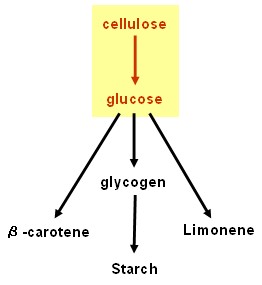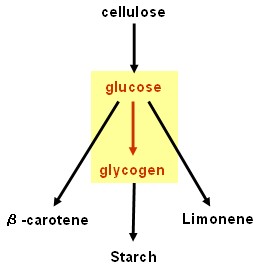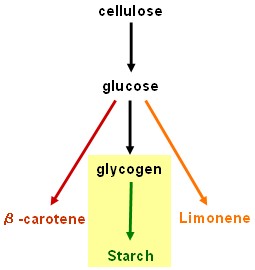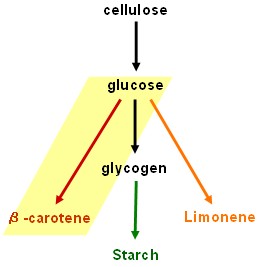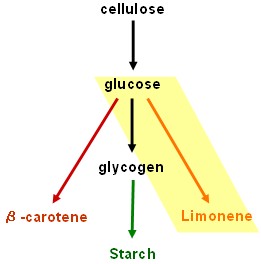Team:Edinburgh/Results
From 2008.igem.org
(Difference between revisions)
| Line 19: | Line 19: | ||
** [[Team:Edinburgh/Results/Glycogen2|Glycogen Assay 2 (Qualitative: Iodine)]] | ** [[Team:Edinburgh/Results/Glycogen2|Glycogen Assay 2 (Qualitative: Iodine)]] | ||
** [[Team:Edinburgh/Results/Glycogen3|Glycogen Assay 3 (Quantitative: Raman)]] | ** [[Team:Edinburgh/Results/Glycogen3|Glycogen Assay 3 (Quantitative: Raman)]] | ||
| - | ** [[Team:Edinburgh/Results/ | + | ** [[Team:Edinburgh/Results/Glycogen 4|Glycogen Assay 4 (Quantitative: Raman)]] |
== Starch synthesis device == | == Starch synthesis device == | ||
Revision as of 22:38, 27 October 2008
Results and current status as of 29 October 2008. We are hoping to obtain some last-minute results to present at the Jamboree.
Contents |
Overview
Our results are promising but our dream of using bacteria to convert cellulose into starch and β-carotene is still unrealised. Fortunately, the work will be continued by two undergraduate students after Christmas.
Cellulolysis device
- cenA (endoglucanase) and cex (exoglucanase): Biobricks made, but encountered problems when adding ribosome binding site.
- bglX (beta glucosidase): Biobrick made.
- PcstA (promoter): Biobrick made and tested - successful.
Glycogenesis device
- glgC and glgC16 (ADP-glucose pyrophosphorylase, responsible for rate limiting step in glycogenesis): Biobricks made and tested - successful.
Starch synthesis device
- su1 and iso2 (isoamylases): Work in progress - to be continued in an undergraduate honours project.
Lycopene generator
- dxs+crtE+crtB+crtI+crtY: Work in progress - encountered problem at final step.
Limonene synthase device
- dxs+LIMS+appY: Biobrick made - still being tested (last test failed to detect limonene synthesis).
Acknowledgements
We would like to thank the following researchers for their contributions to our project:
- Raman spectroscopy for glycogen production was done by Dr Rabah Mouras.
- Mutagenesis of crtI was done by Douglas Armstrong.
- The maize isoamylase genes su1 and iso2 were generously donated by Professor Alan Myers of Iowa State University.
 "
"

